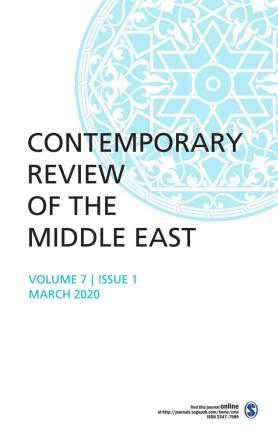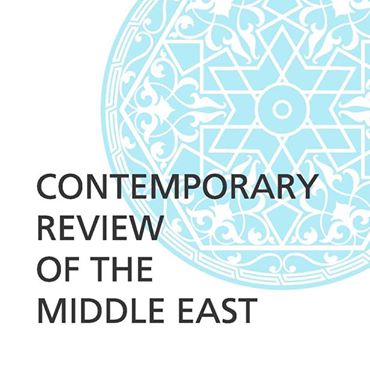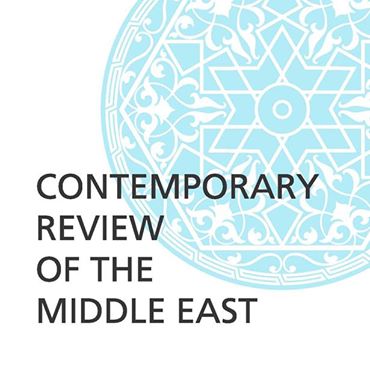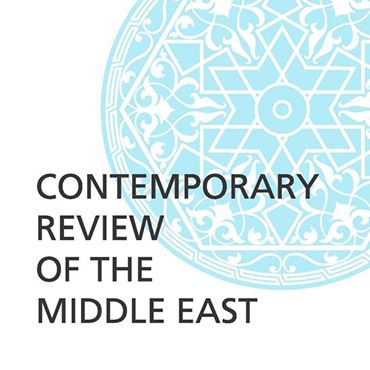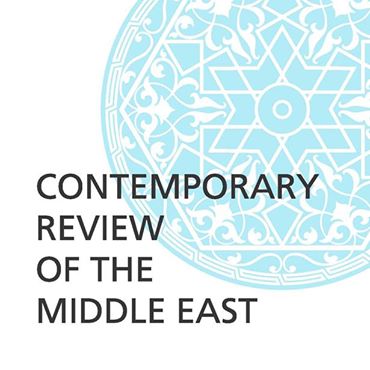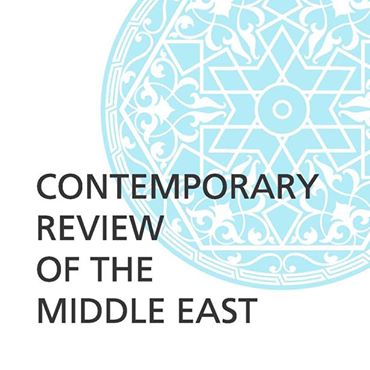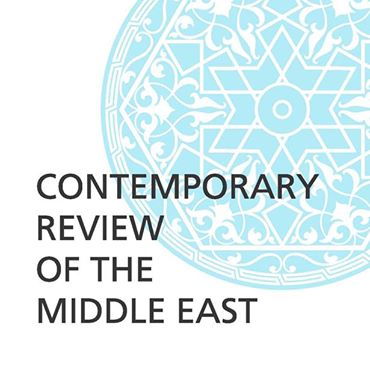Breaking
- MENU
Lorem Ipsum is simply dummy text of the printing and typesetting industry.
https://journals.sagepub.com/toc/cmea/current

“The Long Wait for Homecoming”: Looking at the Lives of Oil Field Wives in COVID-19 Times
Anindita Chatterjee
Abstract
The migration of Indians to Gulf countries can be traced back to the early twentieth century. With the discovery of oil in the region, Indian laborers began to migrate for a better livelihood, which also served as a valuable source of income for the country. Oil field workers who have migrated from India to the Gulf region are employed in oil rigs located in remote desert areas. They include both skilled as well as unskilled laborers and are employed in high-risk field-based jobs wherein family is not allowed. They work as international commuters and return home on a rotational basis at regular intervals. They constitute transnational families wherein most rely on telecommunication to connect with their family members in India and fulfill their social obligations. The economic, political, and sociocultural impact of migration has been studied by social scientists in substantial detail from the perspective of homeland as well as host land, but not much has been discussed about the experience of wives/spouses of oil field workers who are left behind at home even though their population is fairly large in India. Available data on the social and psychological impact of international migration suggest that such migration histories have both positive and negative impacts on transnational families. The COVID-19 pandemic, which affected the global scenario, did not spare them either. This article is a part of a meso-level study wherein a group of women residing in different parts of India was interviewed regarding their experience as wives of oil field workers in Gulf countries. Their husbands could not return home due to travel bans imposed by the Middle Eastern countries owing to the pandemic. This article attempts to look at significant issues pertaining to family and international migration to Gulf countries in the COVID times.
For the text see: Web Link
pp. 444–460
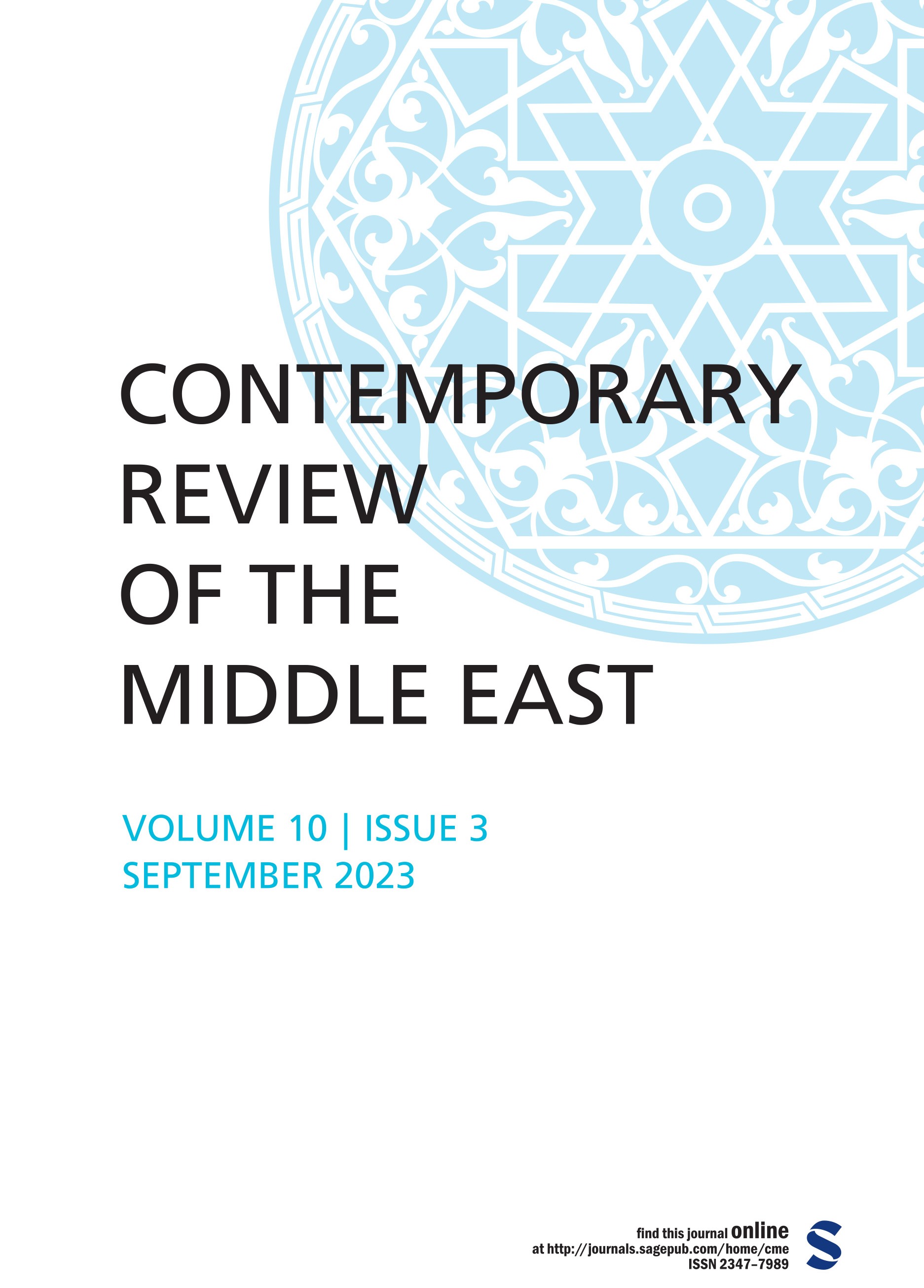
Invented Tradition as a Theoretical Approach Within Iranian Memory Studies: A Review Mohammad
Read More »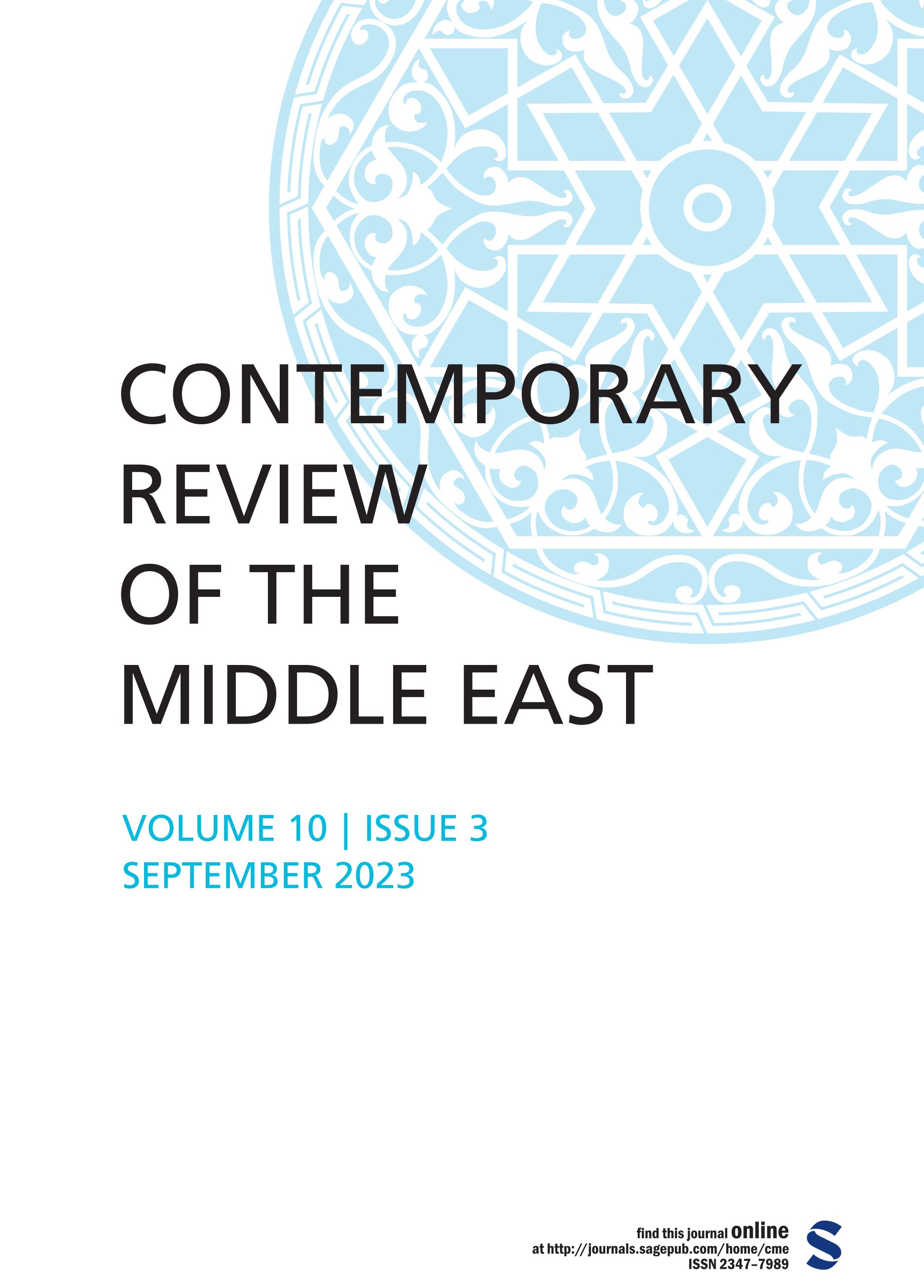
Neo-Ottoman Turk-Scape: Analyzing the Role of Dizis as Türkiye’s Soft Power Mohammad Reyaz and
Read More »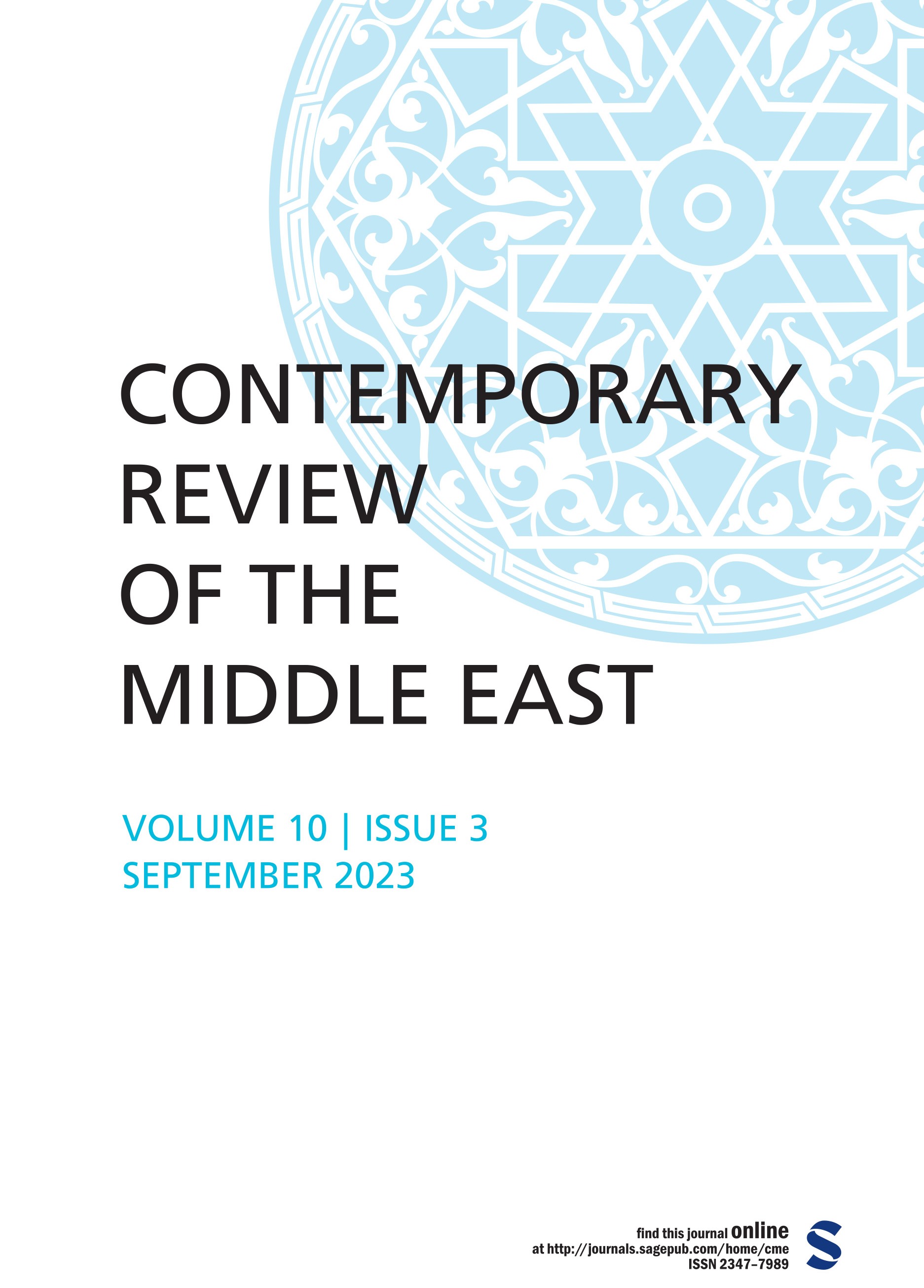
The Relations of Vietnam with the Middle East-North Africa Region: From a Divided State to an Important&
Read More »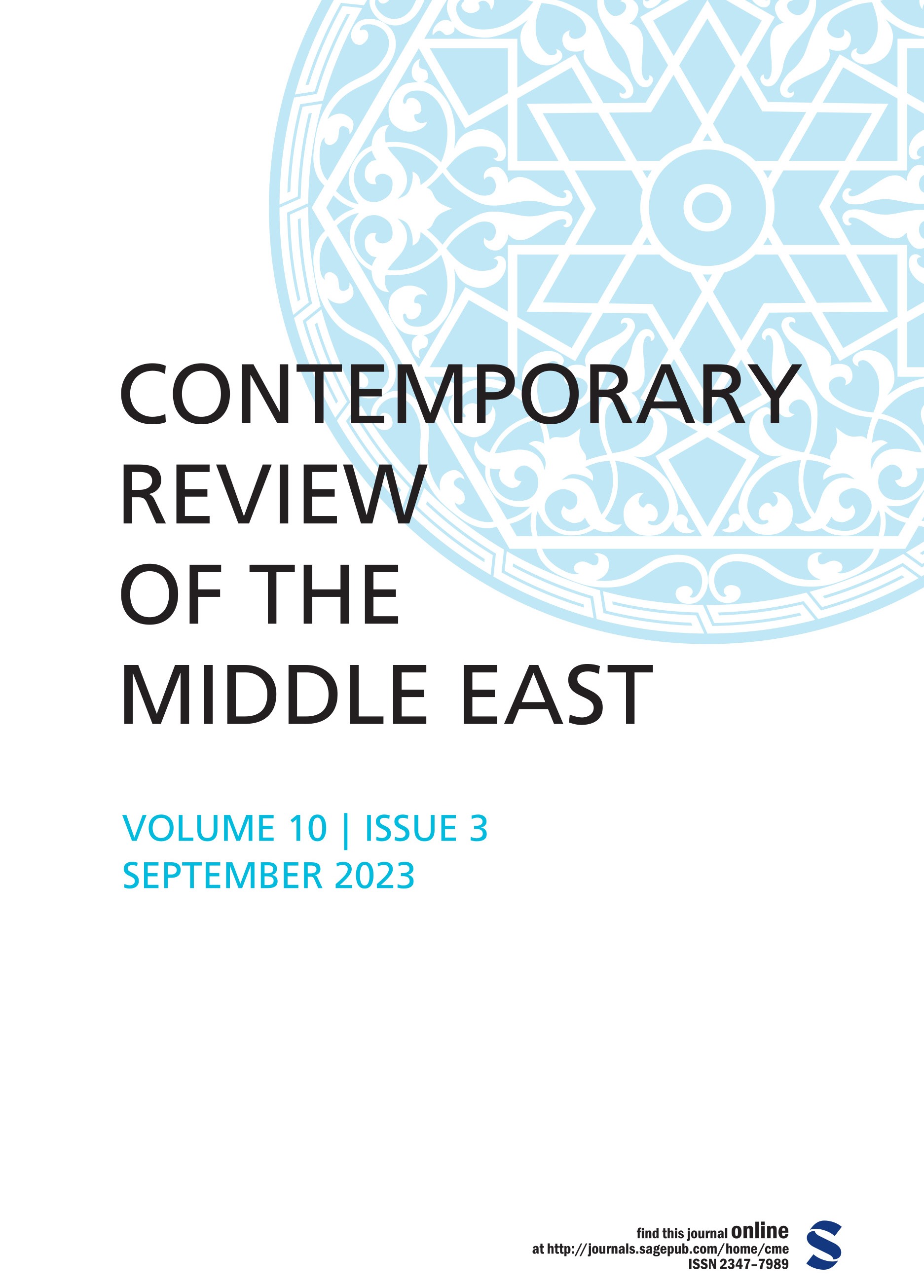
An Analysis of Yemen’s Geostrategic Significance and Saudi-Iranian Competition for Regional Hegemo
Read More »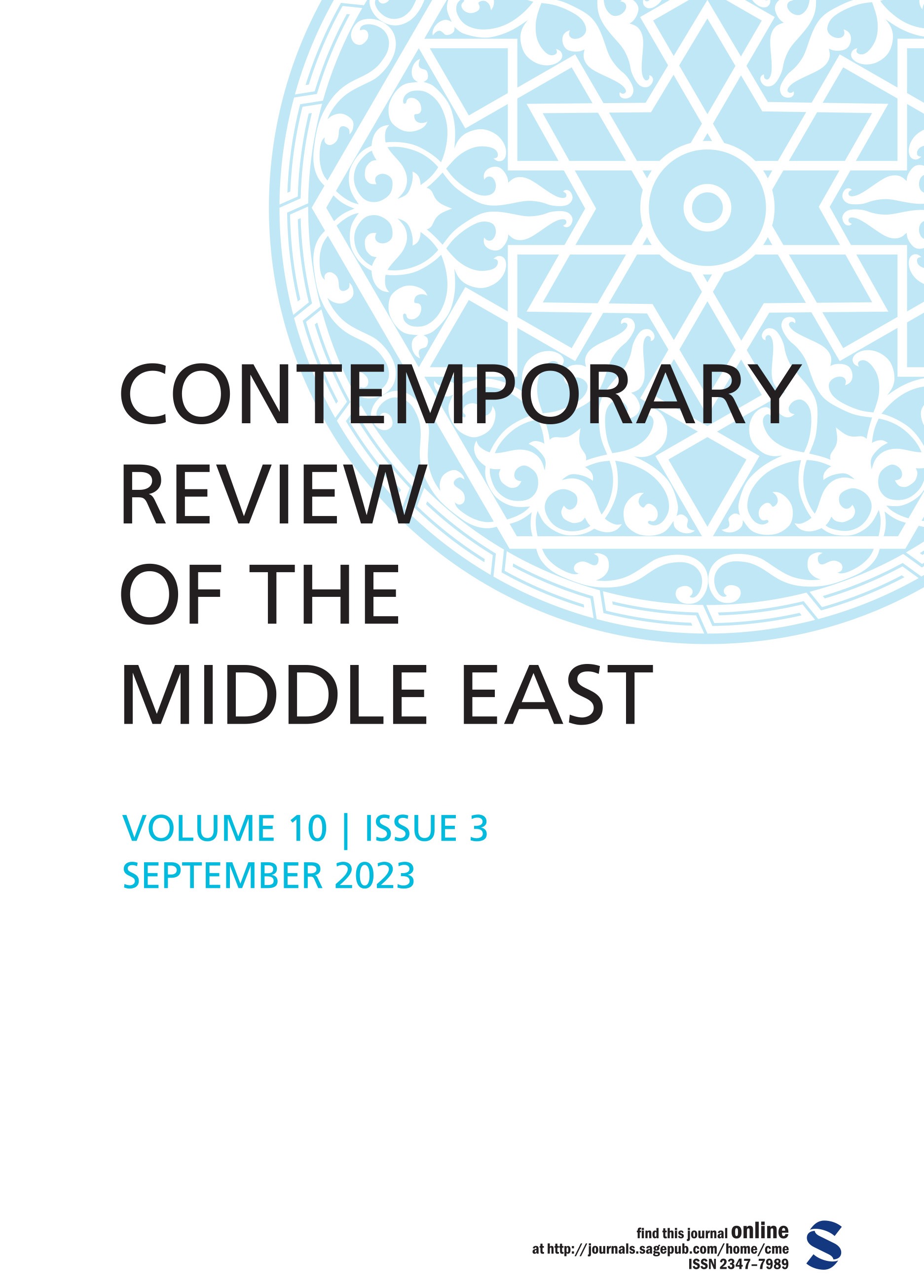
The National Reconciliation Process in Algeria During the Bouteflika’s Era: The Official Narrative Fa
Read More »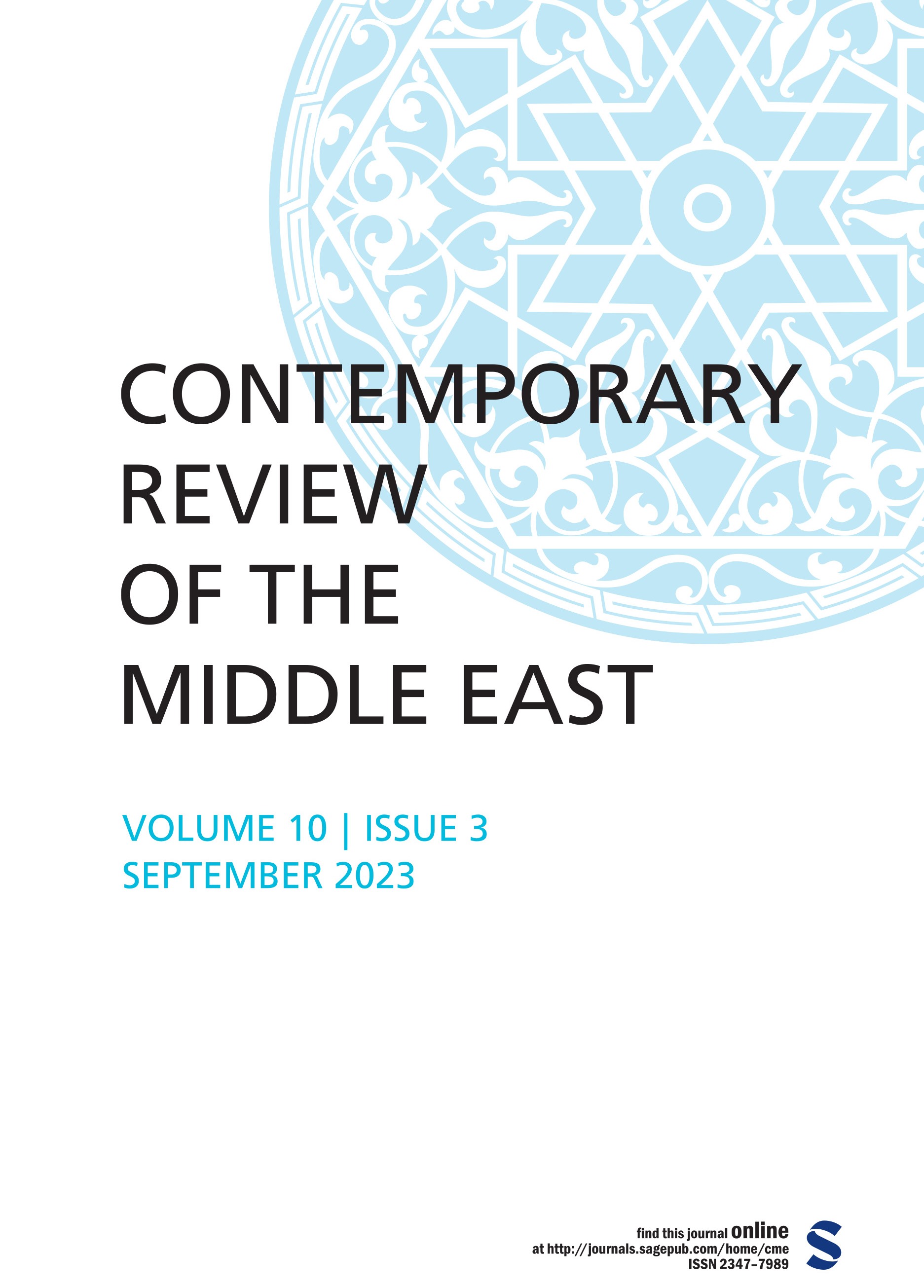
Dateline MEI When Netanyahu Rocks the Israel Boat, Nero Style P. R. Kumaraswamy For the text see: We
Read More ».jpg)
.jpg)
